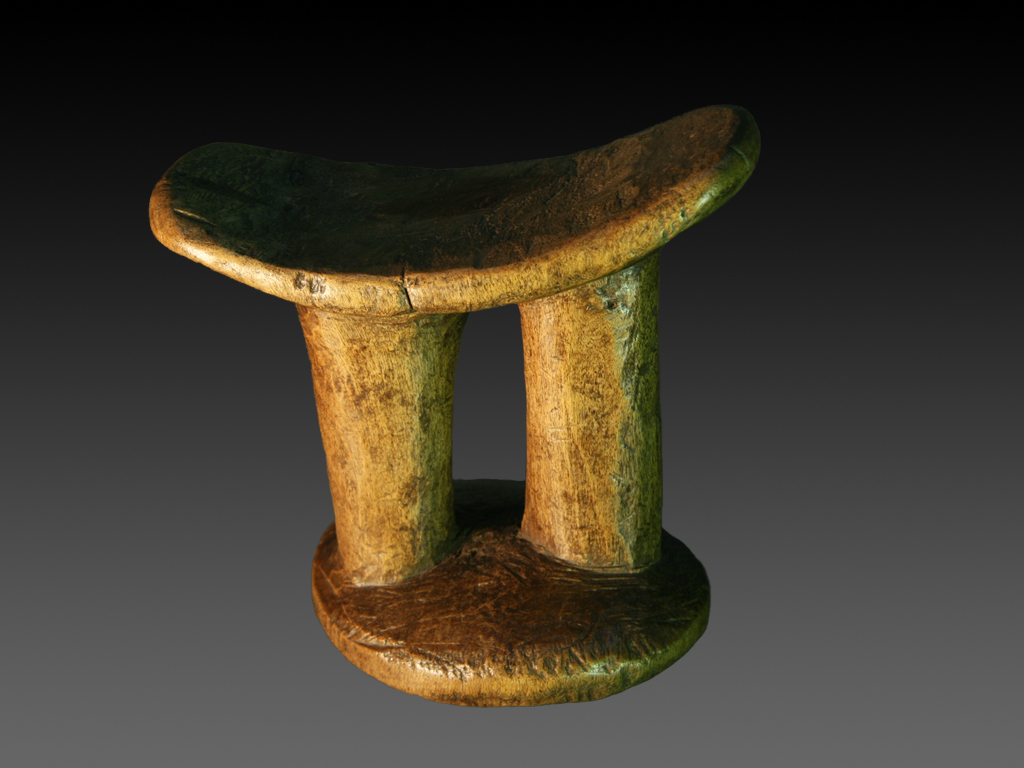

Title: ''Tirase'' Ethiopian headrest
Shipping: $0.00
Artist: N/A
Period: 20th Century
History: N/A
Origin: N/A
Condition: Museum Quality
Item Date: 1950
Item ID: 5143
Neck rests, which date back to Ancient Egypt, were designed to preserve men’s and women’s hair arrangements, although they also went beyond this purely utilitarian function because, by inducing sleep, they were also seen as means of communication with the spirits. Ownership of a neck rest was considered a sign of prestige. Mid-20th century.
Sleeping Beauties: The Jerome L. Joss Collection of African Headrests at UCLA
Headrests are typically small pillow-like objects, usually made of sculptured wood but also fashioned from other natural materials. They tend to have shaped or concave upper-pillow platforms, rising supportive columns and a base, commonly showing some uniformity in shape or decoration according to region, tribe, sex of the owner. Both men and women usually ''betrothed'' or a least initiated into adulthood, used these wooden icons. The owner or a relative usually made the headrest, or it was acquired from some local crafstman who might produce many examples in his lifetime. Headrests have been described as ''dream machines'', as they were believed to help generate sub-concious experiences which were interpreted to represent communication between the living and the deceased relatives or familiar spirits. Many headrests have been excavated from numerous tombs and graves, leading one to believe that these personal items were considered to be essential possessions for both material and spiritual existences.